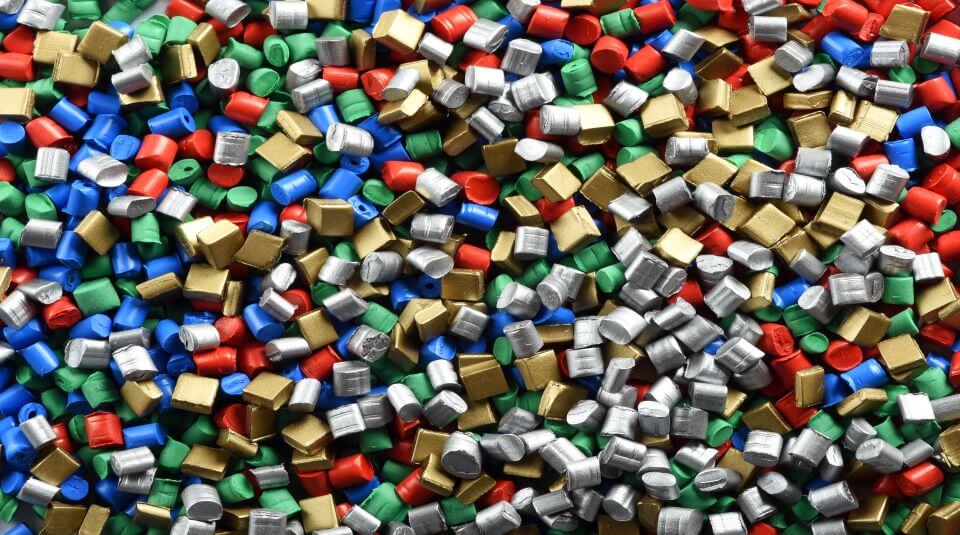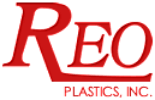Resin Prices Rising in 2021

If resin buyers were holding out hope that the resin price rise would halt in 2021, they’ve been given a rude awakening thus far. Prices for polypropylene and other commodity materials used in molding have continued to rise in North American markets and show no signs of slowing down any time soon.
The PP market continues to face struggles due to large demand, high prices, and unplanned outages at certain PP production sites. During the last few months of 2020, domestic PP demand was up more than 15% from 2019. This is related to the strong demand for packaging and hygiene products throughout the pandemic. The US resin supply chain is now dangerously low in product as a unique set of conditions has created a market like no other.
Another byproduct of the pandemic is a decrease in gasoline consumption–which means oil refineries are slowing down and creating less propylene monomer as a result. There has also been an increase in natural gas use as a plastics raw material, which produces less propylene through processing than crude oil.
Extended lead times
A large number of plants across the country have been temporarily shutdown for various reasons during the past year. Some capacity is coming back up slowly, but it could still be a while before producers can meet allocations fully–causing a major strain on the supply-chain and extending lead times.
Numerous companies have had to put out statements regarding these extended lead times and how they are prioritizing orders. Regardless of the shortage of these raw materials, consumers still need their products and companies with larger budgets are willing to pay a premium for their materials. This tactic increases supply-chain issues as well as the price of materials.
Will resin prices continue to rise in coming years?
There is talk about whether this rise will have a long-lasting effect on the market, or if it will simply pass in time. This is important for resin buyers to consider. If there is a long-lasting impact, should buyers search for alternative raw materials that are more readily available?
Is it easy to switch raw materials?
With that consideration also comes the question of how simple/cost-effective it actually is to switch materials entirely. The overall consensus is that with the difficulties that go into switching, users aren’t ready to do so. Competing materials also have relatively high prices, and with that is the cost of switching itself—likely a large cost.
There is a good chance that prices for polypropylene, polyethylene, polystyrene, and other materials will level out in the next couple years as we bounce back from the pandemic. The demand for these materials usually slows in the winter months, and we will likely see that trend resurface in the coming years.
For now, buyers should simply keep an eye on the market and keep their fingers crossed for price declines and supply increases in the near future.
Still have questions about injection molding and in-demand materials?
REO Plastics would love to hear from you! Send us an email at info@reoplastics.com or give us a call at 763-425-4171.
